.jpeg)
In a country where nearly 30% of its population lives a nomadic lifestyle, a trip to Mongolia is a must for anyone seeking a wild adventure. If experiencing the local lifestyle first hand is not enough to entice you to Mongolia, its diverse landscapes just might. From the mountains of the north to the Gobi desert in the south, this vast, stunning country is awash with dramatic mountain scenery and spectacular deserts, with a fascinating and ancient culture
There is so much to see and do in this country in the heart of Asia. With our unrivalled expertise in this destination, we’ve put together the best places to visit in Mongolia in one simple list for you.
Altai Mountains
 in Mongolian Altai - dreamstime_xl_15992784.jpeg)
Home to Palaeolithic remains, Scythian graves and an incredible collection of Bronze Age petroglyphs, the stirring landscapes of the Altai Mountains stretch for some 900 kilometres. They are known as the ‘Golden Mountains’ in the local Kazakh dialect. The region is studded with large lakes and numerous glaciers that provide home to a rich diversity of flora and fauna.
Wild boar, Mongolian gazelle and brown bears occupy the surrounding foothills and its landscapes have achieved World Heritage importance for its preservation of endangered snow leopards and Siberian ibex. Four of the range’s five highest peaks sit amongst Mongolia’s towering vistas, with Küiten Uul only just being beaten to the top spot by Belukha peak on the Kazakhstan-Russia border, which comes in at 4506 metres.
Elsen Tasarkhai
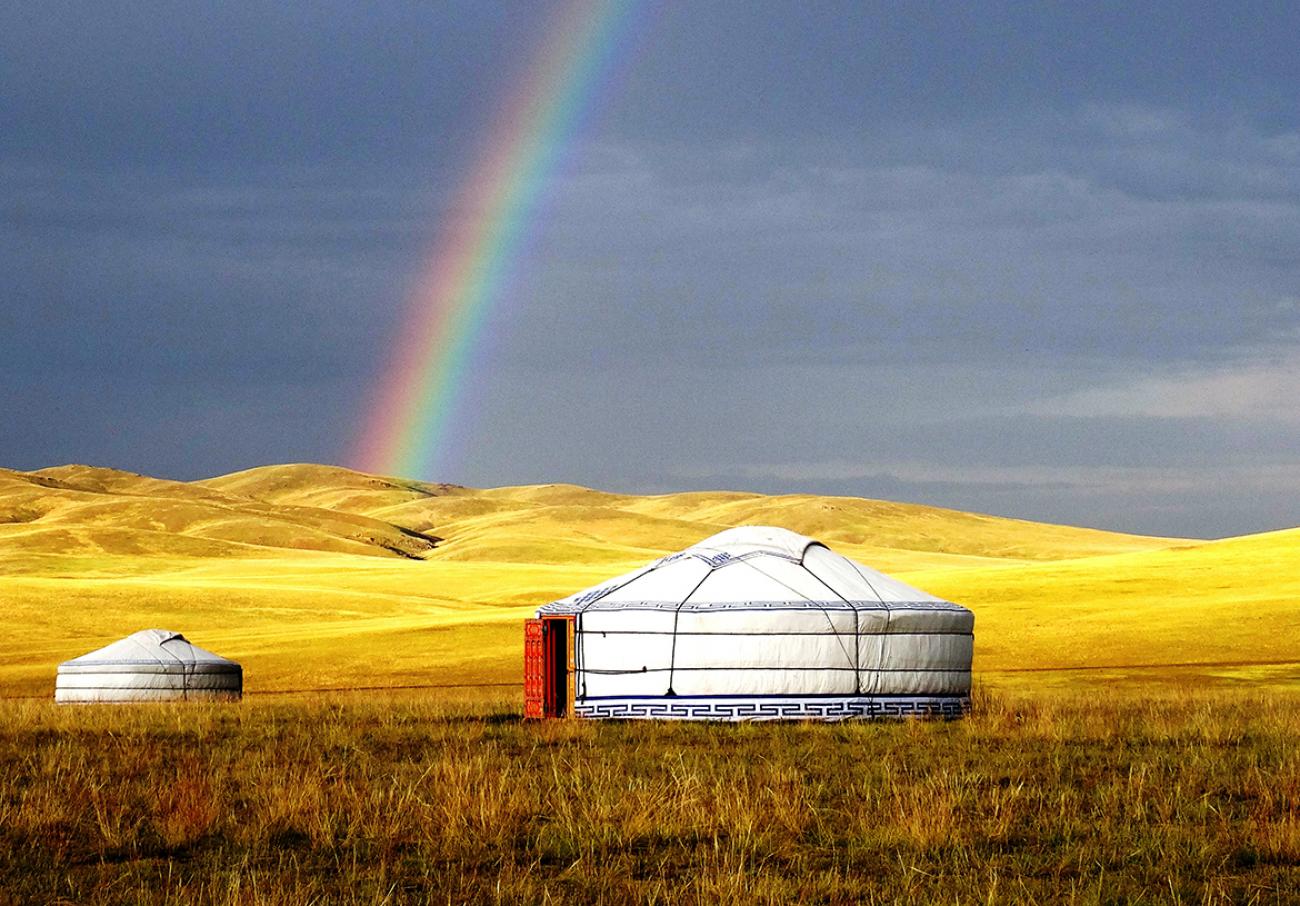
Elsen Tasarkhai literally translates to ‘an isolated torn-off piece of sand’ so it’s no surprise these sand dunes, 280km west from Ulaanbaatar, have been christened with this name. Stretching 80km along the Tarna River, littered with shrubbery and surrounded by Mount Khugnu Khan and Mount Ikh Mongol, the sand dunes seem completely out of place. Hike across the dunes which are inhabited by Maral stags, wolves, deer and fox.
Hustai National Park
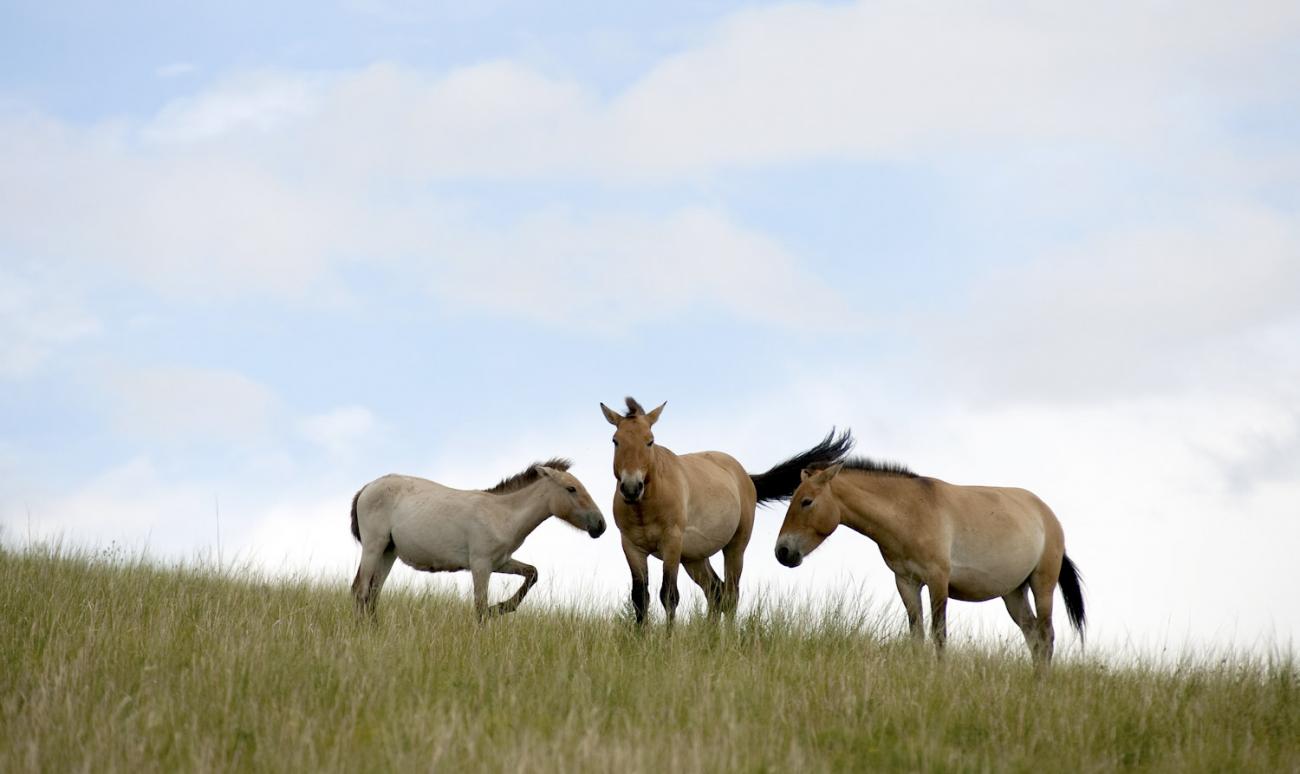
Hustai National Park, established in 1992, is one of the best known National Parks in Mongolia. Its borders stretch from the Khentii Mountains to the Altanbulah region of Mongolia. The park houses historical stone stupas and over 200 Takhi horses. The unique horse, which is the only truly wild horse left in existance, shares the park with 44 species of mammal, 217 species of bird, 16 species of fish and over 450 species of vascular plants.
Kharkhorin
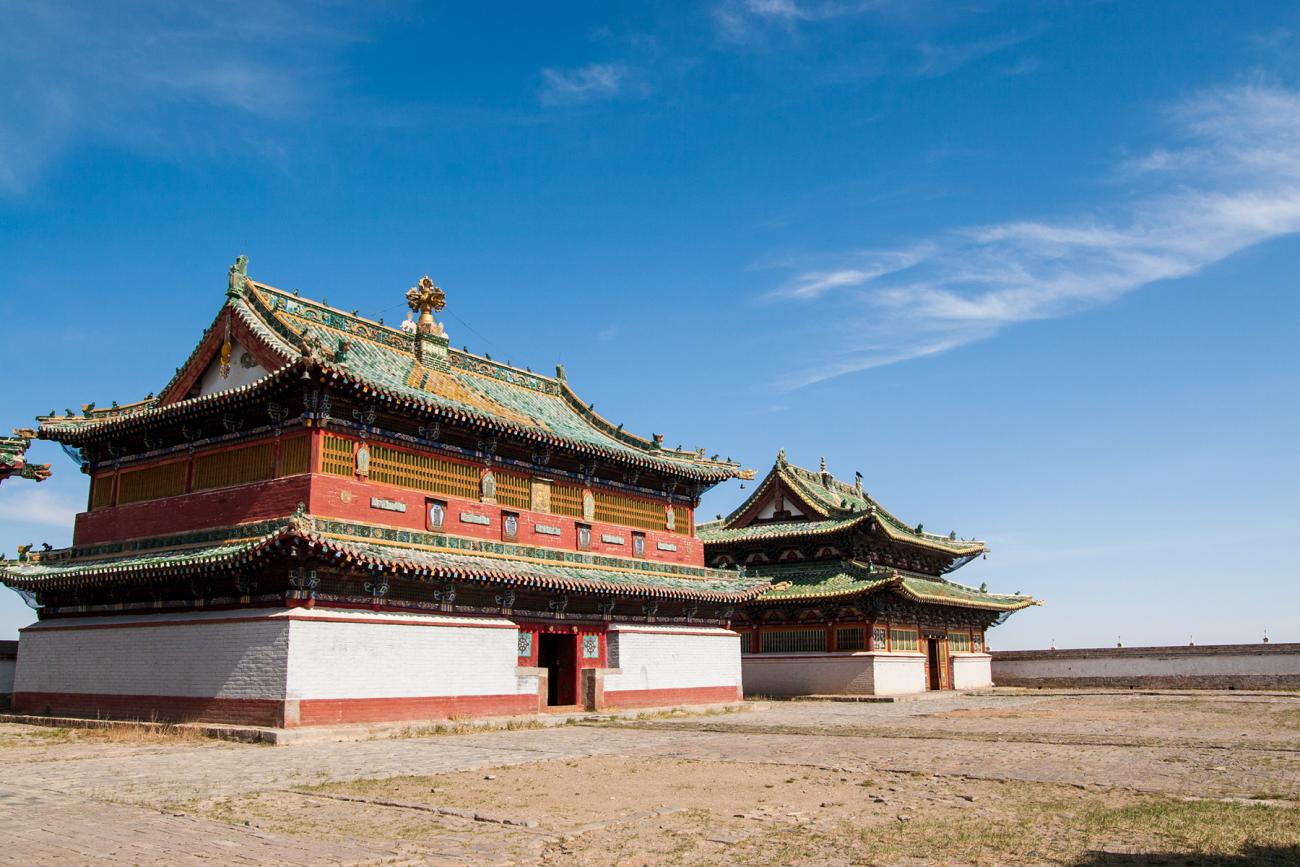
On the Eastern border of the scenic Orkhom Valley, lies the ancient city of Kharkhorin. Kharkhorin was the power centre and capital of Gengis Khan's Mongolian Empire, before his grandson Kublai Khan moved his court to Beijing.
This 13th century city was later destroyed by Ming troops but some relics still remain, including two charming granite turtles, symbols of longevity in Mongolian culture. The Khans showed great tolerance to all religions allowing mosques, Christian churches and Buddhist monasteries to be built almost side by side, including a 16th century monastery Erdene Zuu monastery, which is still standing today.
Lake Khuvsgol
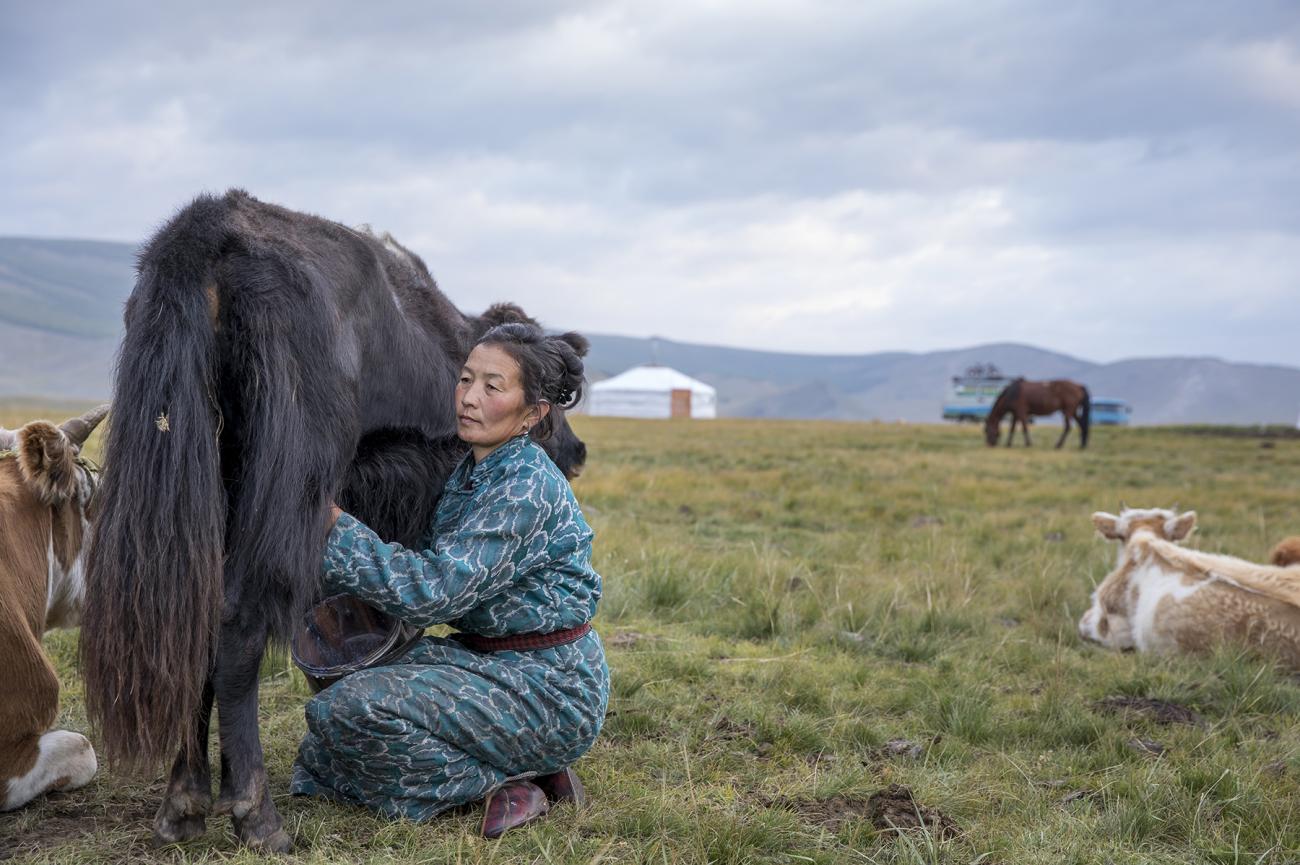
Referred to as the 'Blue Pearl', Lake Khuvsgol is a 100-mile long pristine alpine lake in the north of Mongolia. Lying at an altitude of 1645m the lake's water has collected in a rift valley. The water in the lake is some of the purest in the world. The lake has long been sacred to the Mongolian people and they call it 'Dalai Ej', the 'Mother Sea'.
Today it is part of a National Park area in the Khuvsgol Region where camels of the Gobi and reindeer of the taiga are often seen. Five Mongolian ethnic groups - the Buriat, Khalk, Darhat, Urianghai and Tsaatan - live in the vicinity and Shamanism has a strong influence on the local culture.
Ölgii
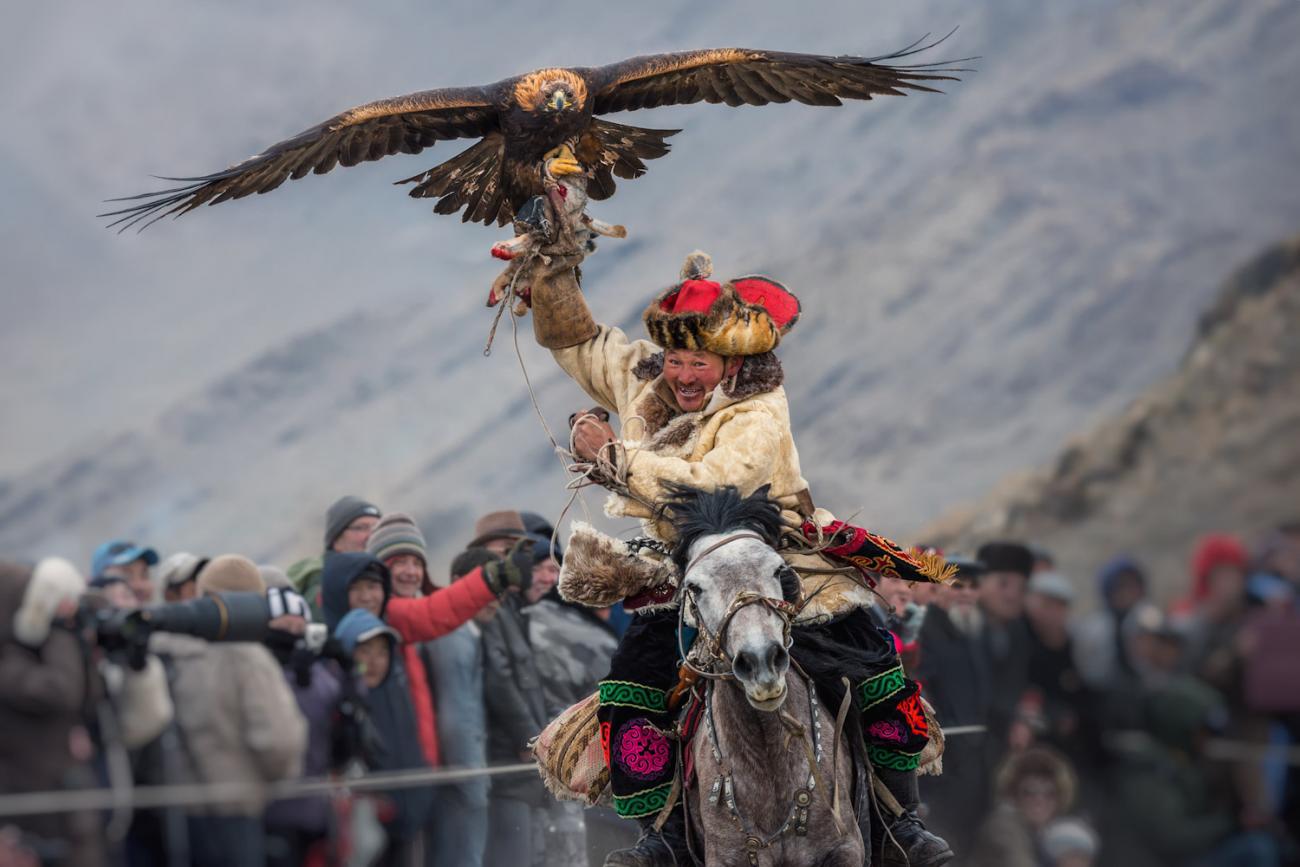
Located along the extreme western region of Mongolia, Ölgii is the capital of the Bayan-Ölgii Aimag (province), a predominantly Kazakh region of Mongolia. Lying at an altitude of just over 1700 metres, the city’s dramatic location is sandwiched between the peaks of the Altai Mountains and the waters of the Khovd River. This makes it an ideal gateway city to the impressive landscapes of the Altai Tavan Bogd National Park.
This region was home to the Kazakhs long before the founding of modern Mongolia in 1911 and it was a centre of Islamic teaching and culture before the religious purges of the 1930s. Known for its Kazakh embroidery and Kazakh music, the city also plays host each year to the famous Golden Eagle Festival, which sees up to 80 eagle hunters showcasing their heritage.
Orkhon Valley
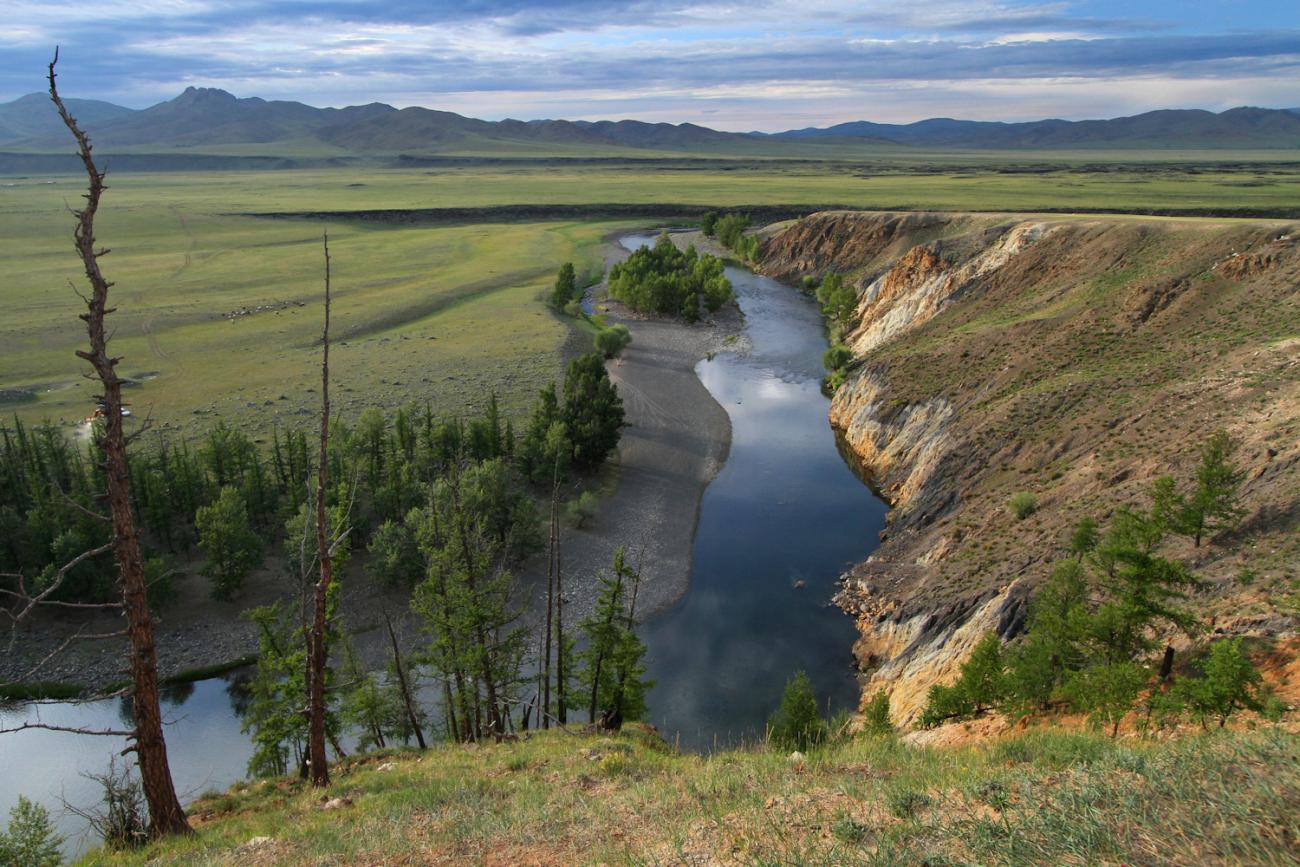
A UNESCO World Heritage Site, the rolling pasture land of the Orkhon Valley contains numerous fascinating archaeological remains, many dating back to the 6th century. The valley was continuously occupied throughout the ages and was settled successively by the Huns, Turkic peoples, the Uighurs, the Kidans, and finally the Mongols.Here, you can witness the nomadic pastoral traditions that have remained unchanged for centuries providing a truly authentic insight into life in rural Mongolia.
South Gobi
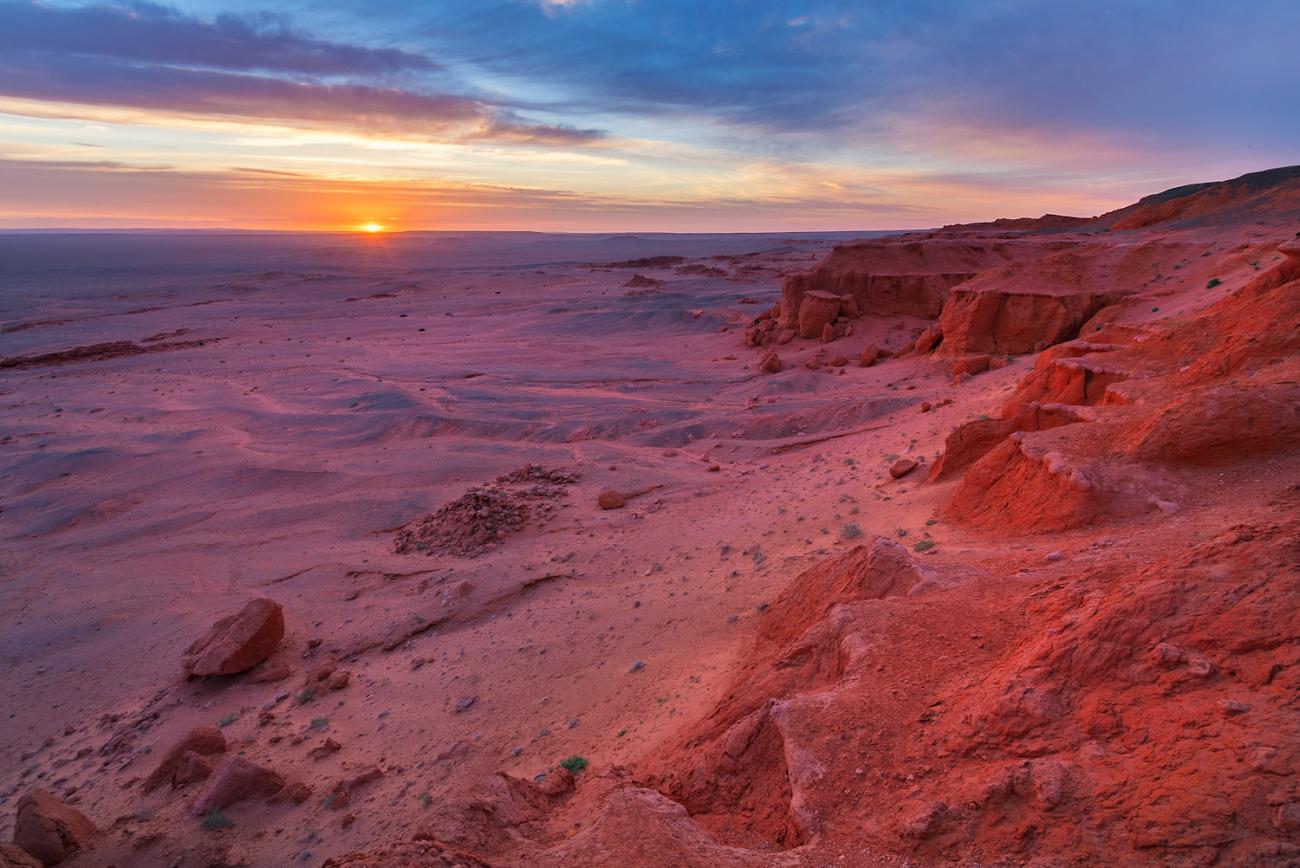
The Guransaikan National Park justly boasts an amazing collection of flora and fauna, some of which are sadly endangered. Bayanzag was renamed the 'Flaming Cliffs' by US paleontologist Roy Chapman Andrews, who was the first man to find dinosaur eggs in the area in the 1920's, due to the reddish colour of the soil highlighted by the setting sun . It is a wildly stunning sight.
A visit here will allow you to see prehistoric fossils, ever shifting sand dunes and majestic mountains. Yolyn Am Canyon is truly a unique phenomenon. The canyon has thick ice in its shaded parts year round. A protected area, the canyon offers a great chance to see soaring vultures, effortlessly rising on the thermals.
Tavan Bogd National Park
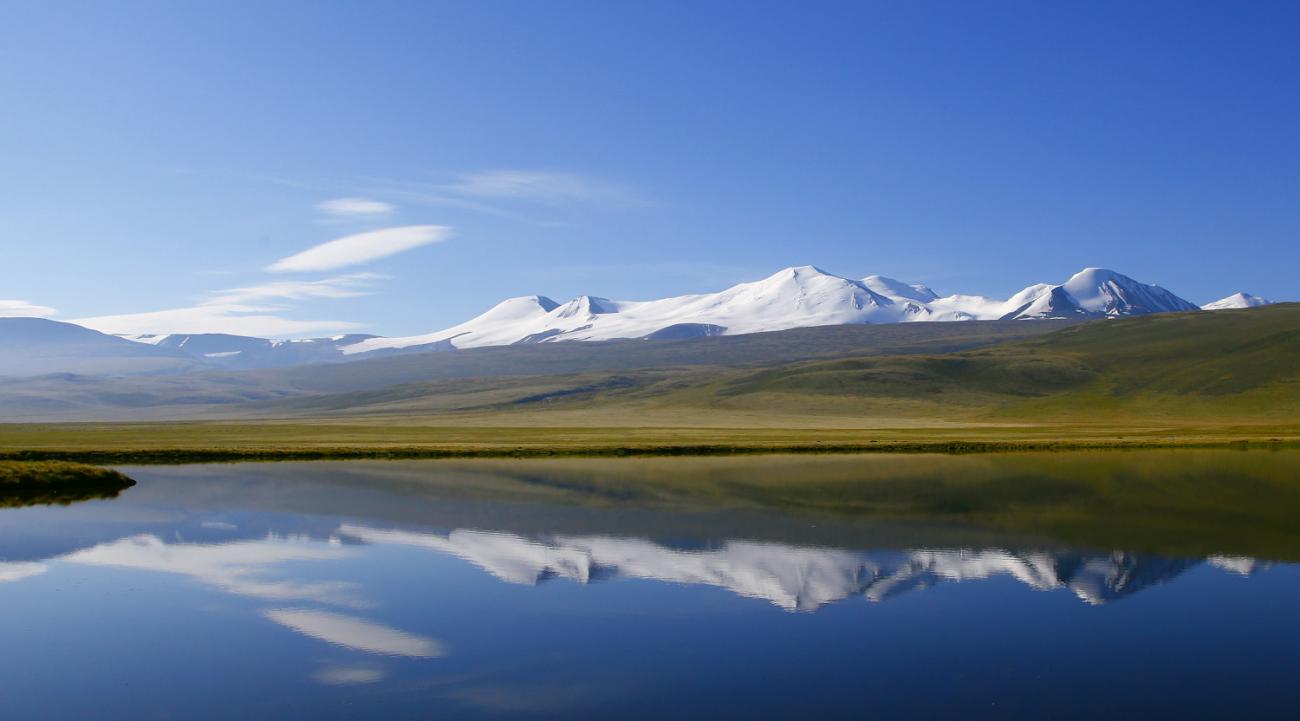
A spectacular tableau of snow-capped mountains, alpine lakes and beautiful valleys, Mongolia’s Tavan Bogd National Park is home to the highest peaks in the country. Covering around 630,000 hectares and sacred to the local Kazakh people, it stretches from Russia and along the Chinese border, providing a rich haven for snow leopards, wolves and golden eagles.
Dominated by the towering presence of Küiten Uul (4374 m), the highest of the ‘Five Saints’ that gives the park its name, it also boasts several waterfalls, no fewer than 34 glaciers and three large freshwater lakes. Inhabited for around 12,000 years, its rocks and valleys are filled with tens of thousands of petroglyphs that constitute a large part of the extensive Petroglyphic Complexes of the Mongolian Altai, a UNESCO World Heritage Site.
Terelj National Park
.jpeg)
The Alpine scenery and fantastical rocks of Terelj National Park formed the homelands of Genghis Khan and his hordes. The rock formations of the park are fascinating, while the 250 plus bird species make it an enchanting place to relax. Many wild animals roam these mountains, including Moose, Brown Bears and Ibexes.
Nomadic tribesmen still drive their herds around these pastures, while living in felt Gers just like their forebearers. Within the park there is the opportunity to do some horseback riding on the many trails, or just walk amongst and enjoy the flora and fauna.
The Mongolian Gobi
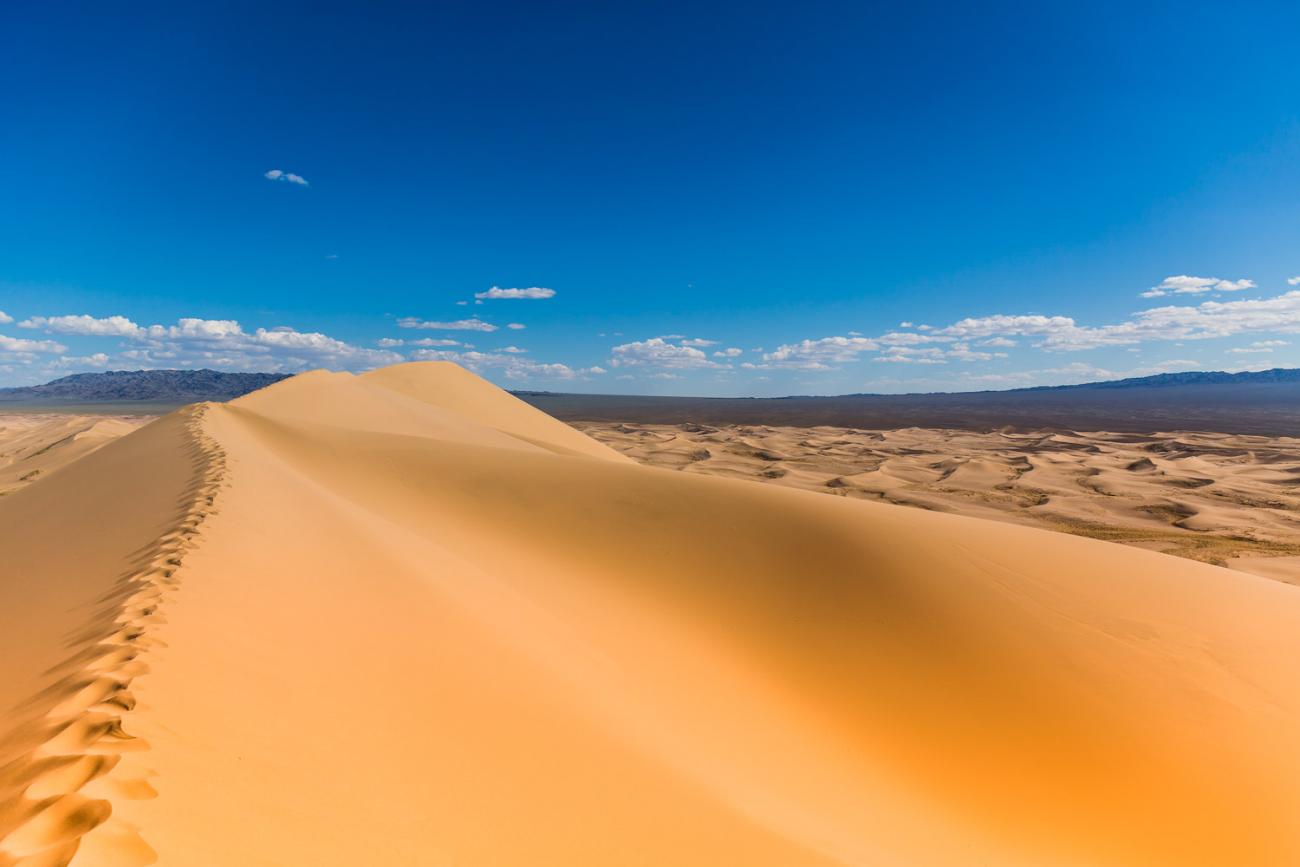
The Mongolian Gobi, a vast zone of desert and semi-desert occupies almost 30% of Mongolia's vast territory. The Gobi desert is often imagined to be a place of unbearable heat and shifting sand dunes, whereas the reality is quite the reverse. The Mongolian Gobi has vast plains, majestic peaks and mountain ranges, sand dunes and sandy valleys. The Gobi is blessed with an eternally clear sky, golden sands, blue mirages, and an endless expanse of Mongolian steppe lands.
This is one of our favourite places to visit in Mongolia. During your visit you can stay in the small village of Saihan-Ovoo, and see how the locals live in this environment. You can also visit the nearby Ongi Monastery, standing on the majestic banks of the Ongi river, and take the chance to walk up the sacred mountain.
Ulaanbaatar
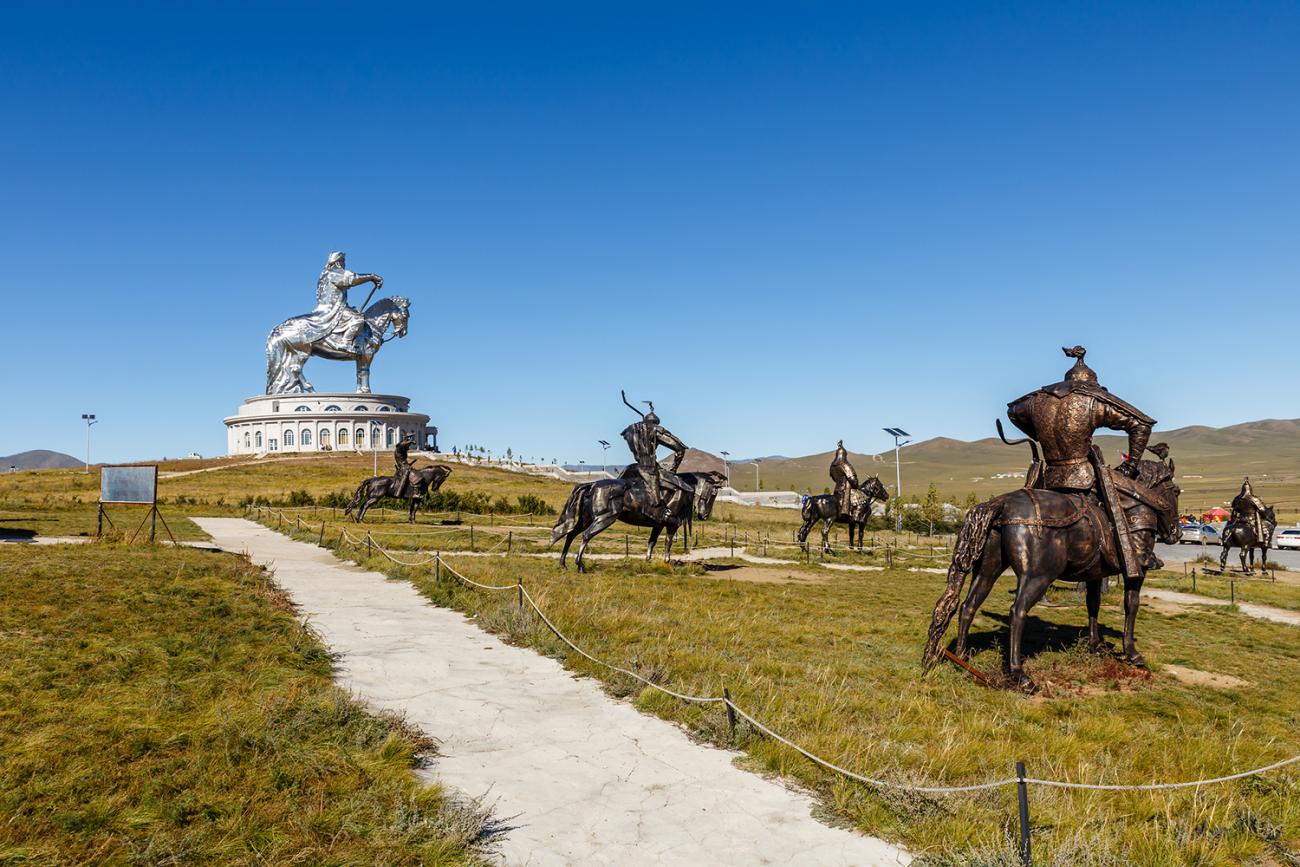
Built on the banks of the Tuul Gol river, Ulaanbaatar is by far Mongolia's largest city. Its centre is largely dominated by soviet style skyscrapers, and it’s a rather modern, bustling city where a grand 45% of Mongolia’s entire population reside. The city is surrounded by picturesque mountains and wide sweeping vistas.
It’s not advisable to visit Ulaanbaatar in winter; it’s known as one of the coldest capitals in the world. While here (preferably in summer) be sure to visit the Mongolian Buddhist Gandantegchinlen Monastery, the impressive Sukhbaatar Square and the Winter Palace of the Bogd Khan. There are also some interesting museums to take in and of course, Mongolia’s most recognisable landmark, the giant Genghis Khan Statue Complex, which you can peek out the top of and take in the views astride the great Khan himself.
Ulaangom
Located along the slopes of Kharkhiraa Mountain, to the southwest of the vast, shimmering waters of Lake Uvs, Ulaangom is the capital of Uvs Province. Around 120 kilometres south of the Russian border, the city is believed to trace its origins back to the latter years of the 17th century, when the region was home to a number of grain plantations.
The birthplace of Mongolia’s last two communist leaders, before the country attained independence in 1990, Ulaangom had a reputation for lawlessness following independence, when cattle raids between Uvs and the Tuvan Republic in neighbouring Russia made the region particularly dangerous. Peace returned with the building of border fences and today the city provides a chance to enjoy the birdlife of the Uvs Nuur Basin, a UNESCO World Heritage Site.